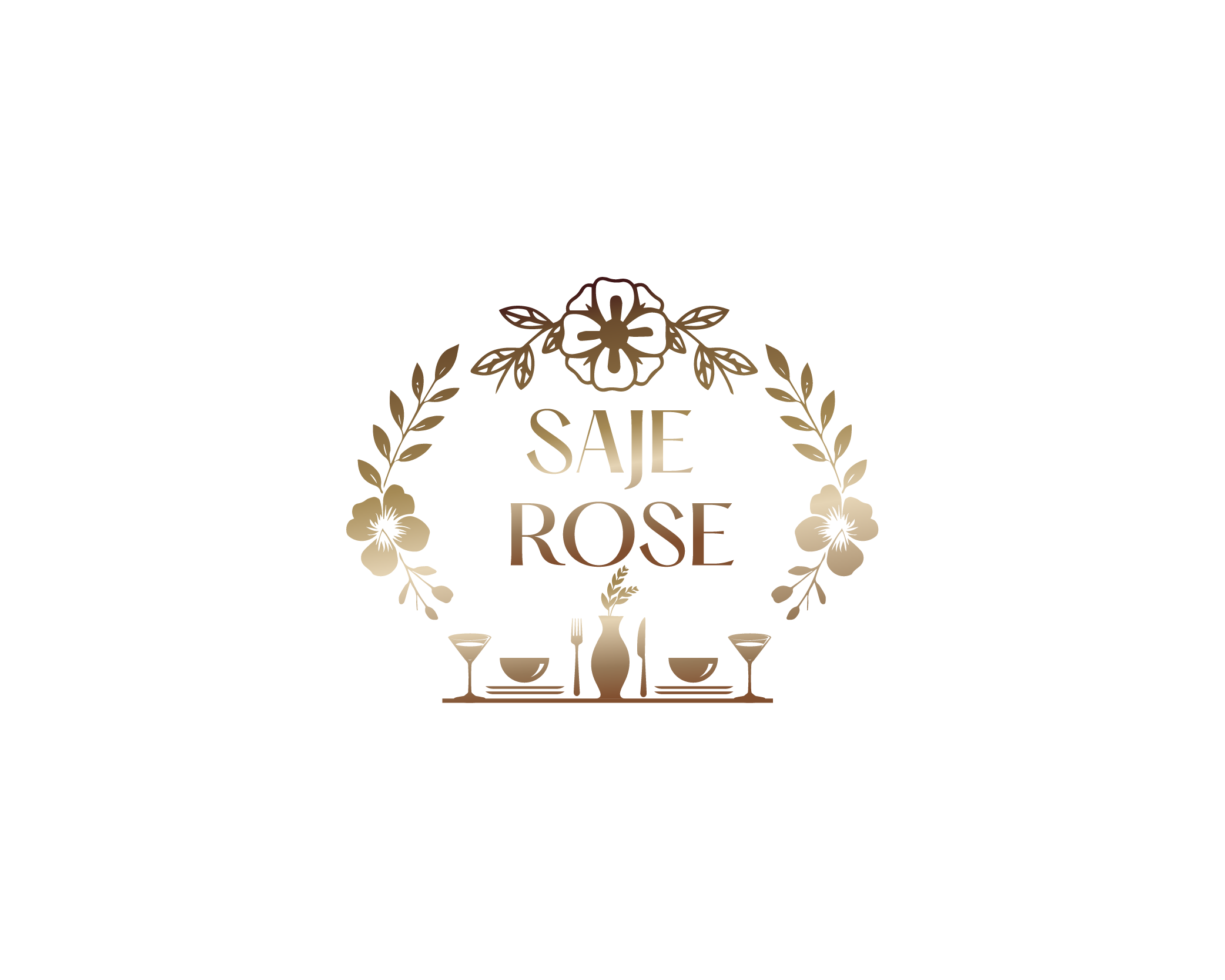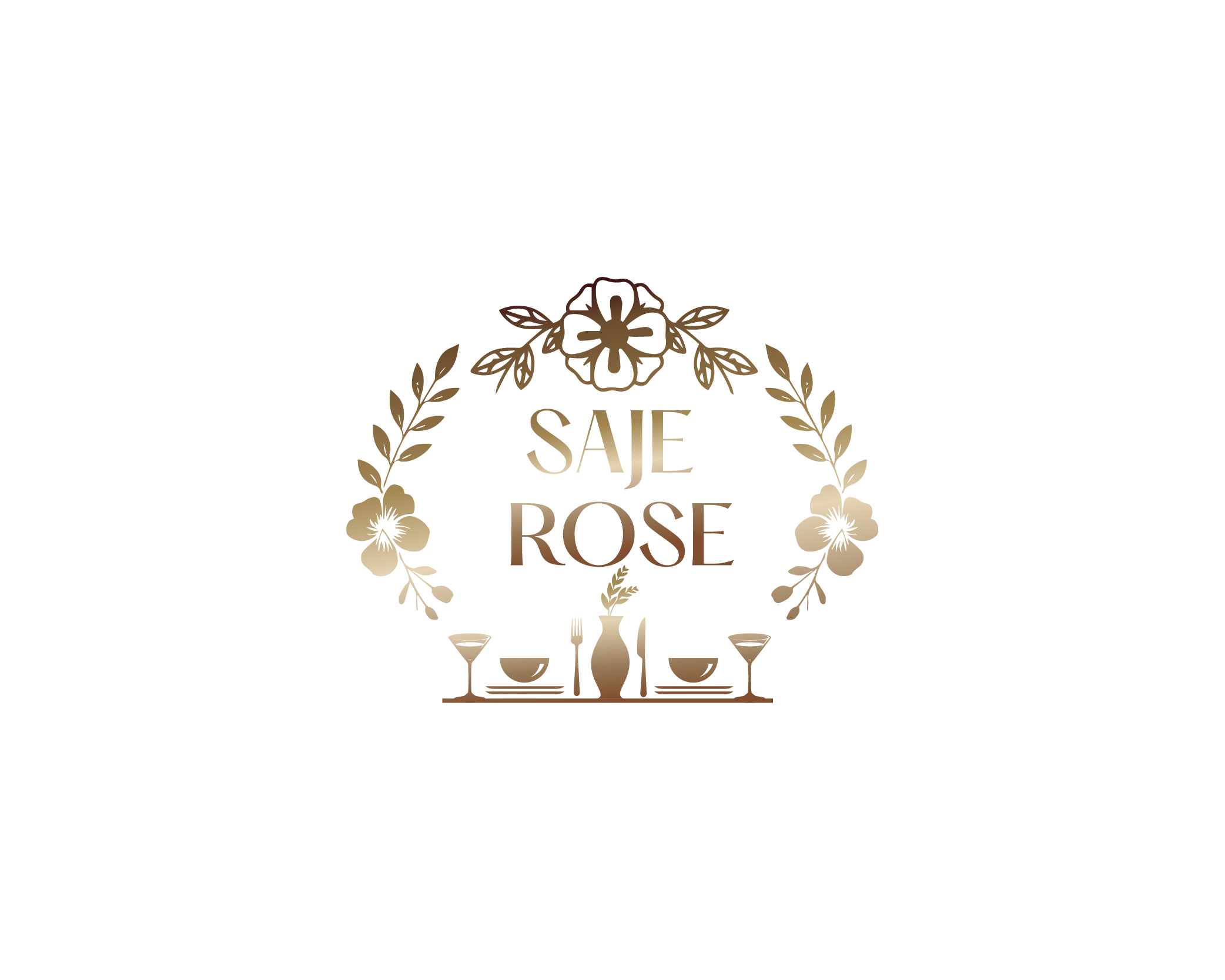Ceramic plates are the epitome of elegance and sophistication in the realm of culinary delights. Their smooth surfaces, vibrant hues, and delicate craftsmanship add an exquisite touch to any dining experience. But behind their attractive façade lies a fragility that demands utmost care and attention.
The secret to maintaining the beauty of ceramic plates for years lies in taking good care. If you want your dishes to last, avoid extreme temperature changes, hand wash them with mild detergent and a soft sponge, always dry before storing, and never stack them to prevent scratches and cracks.
In this guide, let’s uncover the secrets of caring for ceramic plates, shedding light on the critical mistakes to avoid. From improper handling and reckless stacking to temperature shock and harsh cleaning agents, we delve deep into pitfalls that threaten to ruin these delicate creations.
Our expert advice and practical solutions will empower you to become a guardian of your ceramic treasures, extending their lifespan and preserving their timeless allure.
So, here we go!
1. Handle with care
Treat your ceramic dinnerware with the tenderness they deserve. Always handle them gently, avoiding any unnecessary impacts or drops. Remember, even the slightest mishap can lead to chips, cracks, or shattered dreams of a perfectly set table.
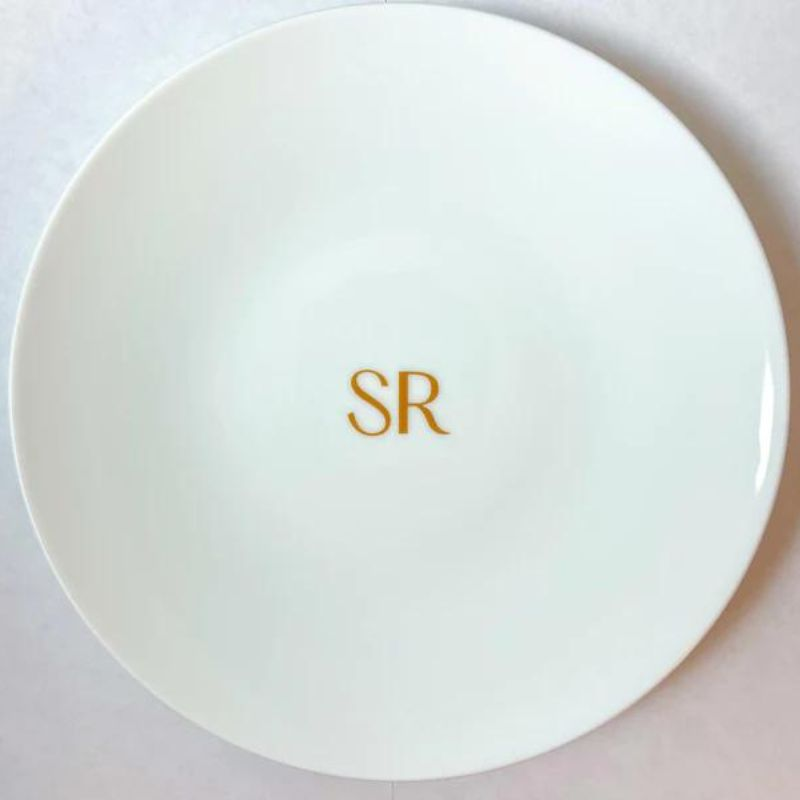
2. Avoid heat shocks
Ceramic plates are sensitive to extreme temperature changes. Avoid subjecting them to sudden shifts between hot and cold temperatures, which causes thermal shock, leading to cracks or breakage. Allow your plates to adjust to room temperature gradually before introducing them to extreme conditions.
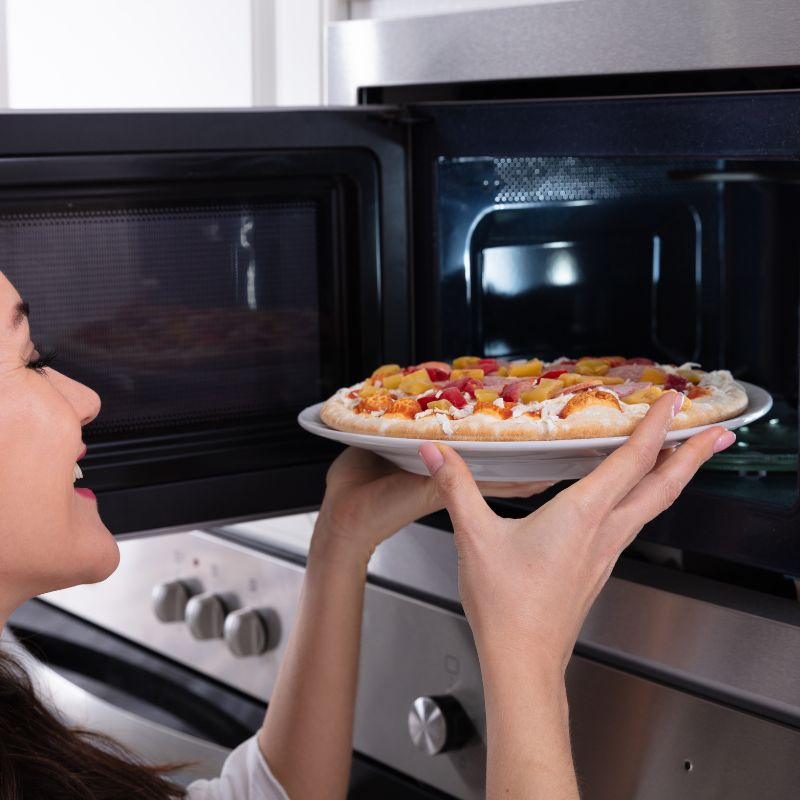
3. Handwash with love
Resist the temptation to toss your ceramic plates into the dishwasher. Instead, hand wash dinnerware with mild dish detergent and warm water. Gently scrub away food particles using a soft sponge or cloth. The personal touch you provide during handwashing ensures a thorough and gentle cleanse.
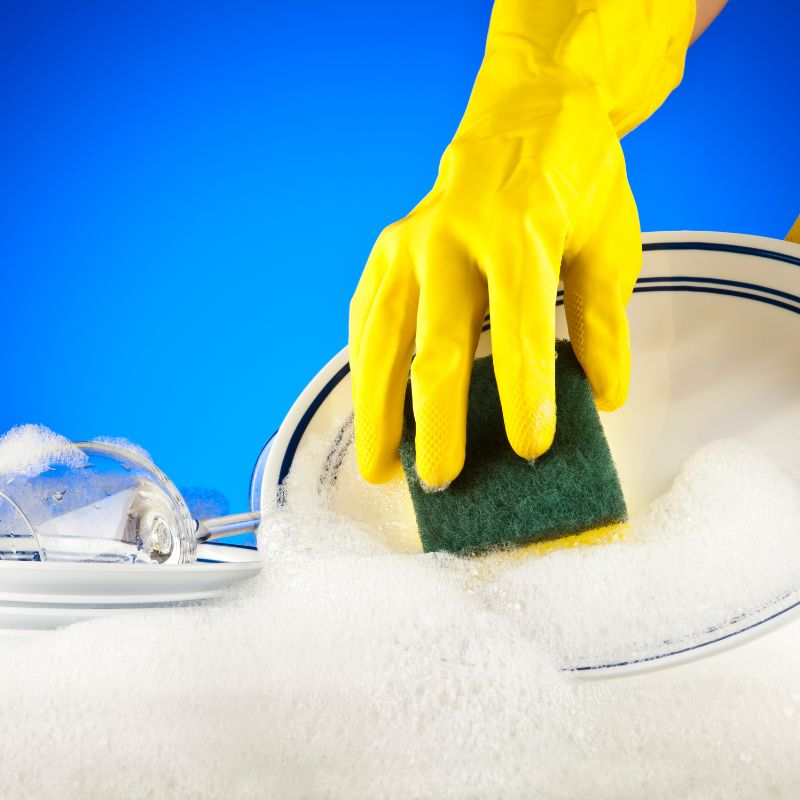
4. Always dry ceramic plates before putting them away
Take the time to dry your ceramic tableware thoroughly after you wash them. Leaving them damp can encourage the growth of bacteria or cause water stains. Use a clean, soft, lint-free cloth to remove all moisture, ensuring they are completely dry before storing or using them again.

5. Avoid stacking
As tempting as it may be to save space, stacking ceramic plates will inevitably lead to scratches, abrasions, and damage. If you must stack, place a soft cloth, paper towel, or plate protector between each plate, or opt for vertical plate storage using plate racks or separators.
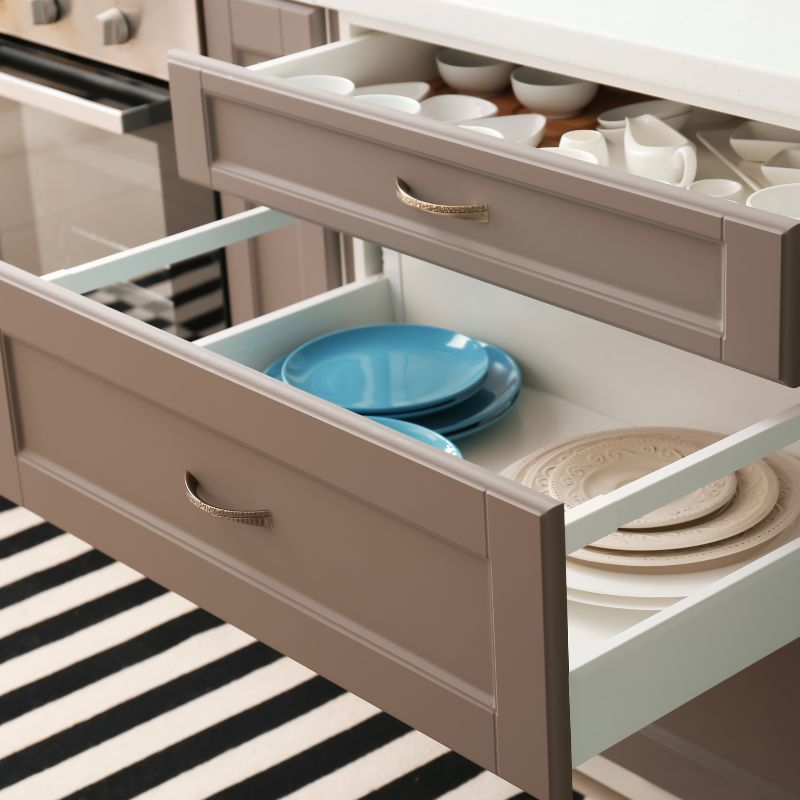
6. Avoid harsh chemicals
When cleaning your ceramic dinner plates, avoid harsh chemicals or abrasive cleaners. These can wear away the glaze or cause discoloration. Stick to mild detergents and non-abrasive cleaning tools to maintain the plates' pristine appearance.
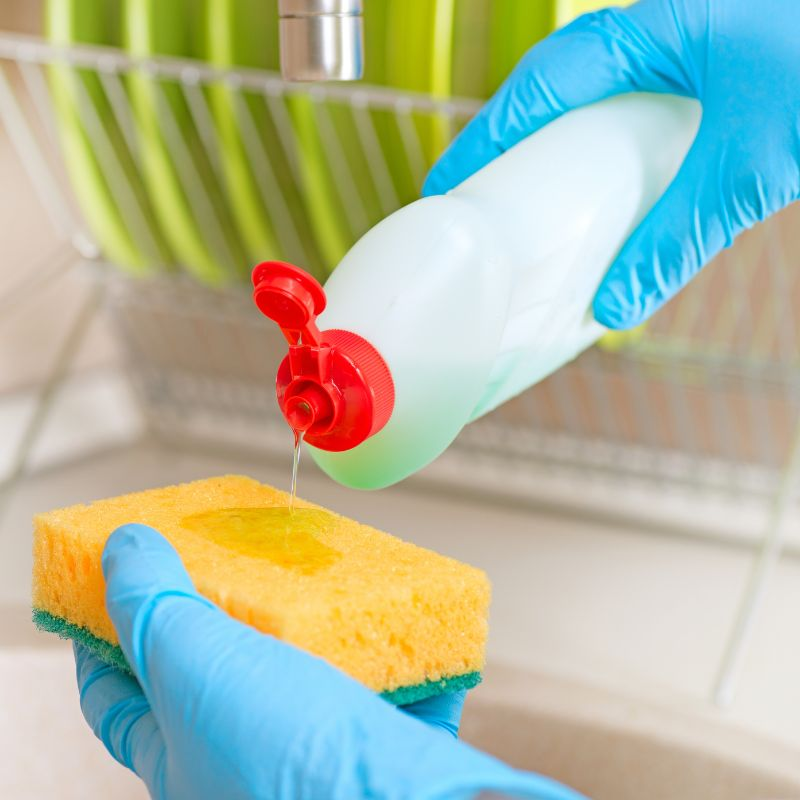
7. Exercise caution when plating staining substances
Certain foods and substances can leave stubborn stains on ceramic tableware, such as strong spices, acidic ingredients, or dark-colored sauces. If you come across such stains, act promptly to prevent them from setting in. Soak the affected area in a mixture of mild detergent and warm water, gently scrubbing with a soft sponge until the stain is lifted.
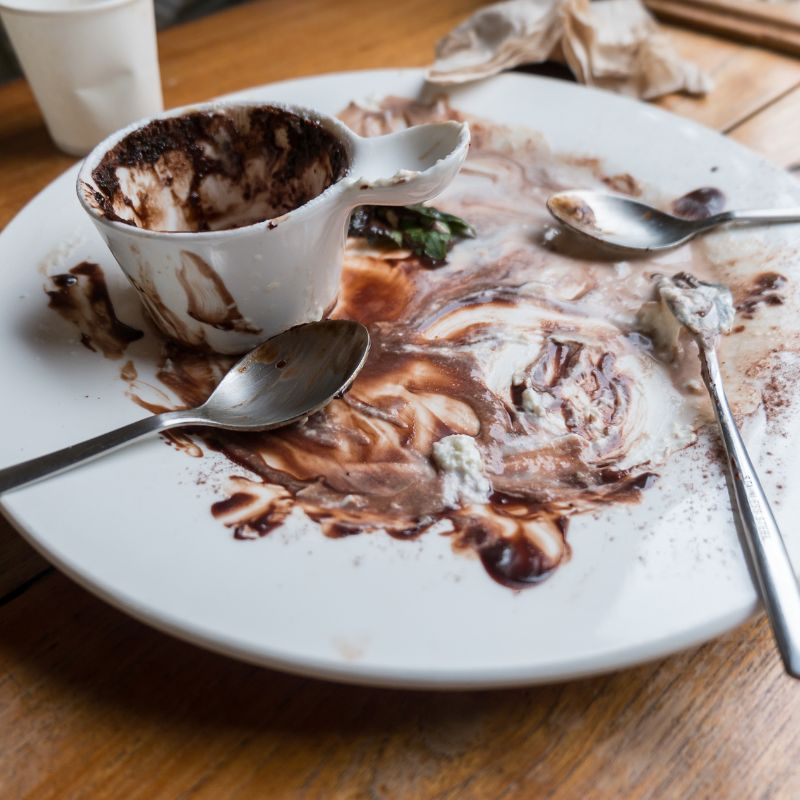

Proper cleaning methods for ceramic dinnerware
Properly cleaning ceramic plates is essential to maintain their pristine appearance and longevity. With the proper cleaning methods, you can remove food residues, stains, and bacteria without causing any damage to the delicate surface of the plates.
Always hand wash
First and foremost, hand washing is the preferred method for cleaning ceramic plates. Start by rinsing off any food particles under warm running lukewarm water. Then, use a mild dish detergent or a gentle, non-abrasive cleanser specifically designed for delicate surfaces.
Gently scrub the plates with a soft sponge or cloth, focusing on areas with stubborn stains. For hard-to-reach corners or intricate patterns, use a soft-bristled brush.
Avoid the following when cleaning your ceramic plates:
-
Harsh chemicals
-
Bleach
-
Abrasive cleaning tools like a plastic scouring pad
Tips to maintain the shine of your ceramic plates
Here are some tips for maintaining the shine and color of your ceramic plates or soup bowls:
-
Avoid prolonged exposure to acidic or highly pigmented foods, as these can cause staining.
-
Remove stubborn stains by soaking them in baking soda and water. Let it sit for a few minutes before scrubbing gently and rinsing.
-
Dry your plates thoroughly with a paper towel or lint-free cloth.
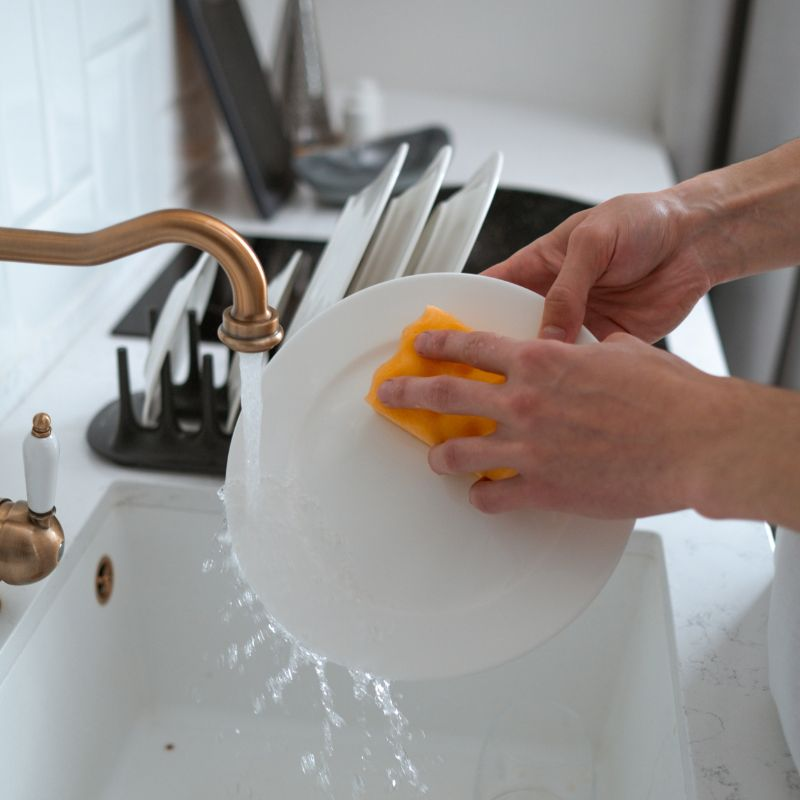
Ideal storage of ceramic plates
Maintaining the beauty and integrity of ceramic plates extends beyond cleaning. Proper storage plays a crucial role as well. Following proper storage practices, you can protect your dishes from potential damage and ensure they remain pristine for years.
Ideal storage conditions
Store plates upright in a cool, dry place and protect them from direct sunlight, as exposure to heat and UV rays can fade colors and weaken the plates. Avoid areas with high humidity, as moisture can lead to mold or discoloration.
Store plates upright
Plate racks or separators are excellent options for vertical storage, preventing plates from leaning or causing pressure-induced cracks. Use storage cases or padded dividers for extra protection during transportation or long-term storage.
Alternatively, cabinet organization ideas such as using nonslip shelf liners or foam separators can help maximize space while minimizing contact between plates.
Never stack plates directly on each other, as friction can result in chips or cracks.
Remember, careful storage ensures the radiant beauty of flawless ceramic plates that accompany each meal you serve.
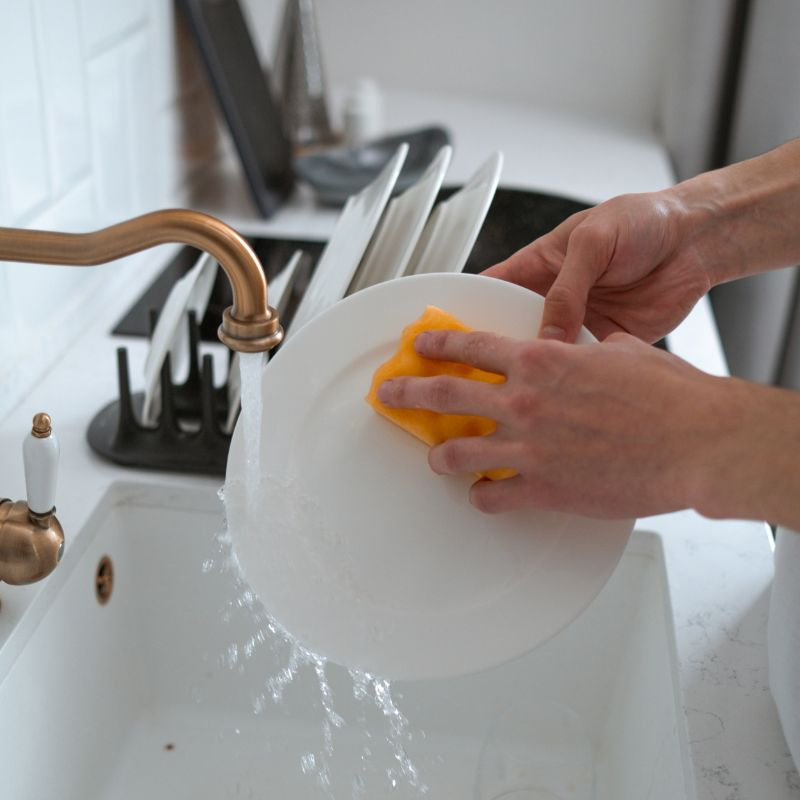
Usage guidelines for ceramic plates
Ceramic plates demand handling with care. Properly using them will ensure they last a lifetime, look flawless, and elevate your dining experience to the next level.
Understanding the dos and don'ts of ceramic plate usage will enable you to make the most of your ceramic plates while avoiding potential pitfalls.
Ceramic plates are designed for serving food, so use them for their intended purpose. Avoid using them as cutting surfaces or cooking in ovens, as extreme temperatures can cause cracking or breakage. Also, please refrain from using them in microwave ovens unless explicitly labeled as microwave-safe.
Considerations for ideal usage
While ceramic plates are versatile, specific scenarios may not be ideal. For instance, outdoor picnics or camping, where plates may be subjected to accidental drops, may increase the risk of damage. In such situations, opting for more durable alternatives might be more practical.
Common mistakes to avoid
Excessive hot and cold temperatures weaken ceramics. Avoid exposing your plates to sudden changes in temperature, such as placing hot dishes on a cold surface or immersing them in cold water immediately after use. These thermal shocks can lead to cracks or fractures.
Repair tips for damaged ceramic plates
Minor chips or cracks in ceramic plates don't have to spell the end of their usefulness or aesthetic appeal. With the proper repair techniques, you can restore their beauty and functionality.
Repairing Minor Chips or Cracks
Use a food-safe epoxy adhesive for small chips or hairline cracks. Clean the damaged area thoroughly, apply a small amount of glue, and carefully align the pieces before allowing them to bond. Once the adhesive has dried, gently sand any excess residue and carefully buff delicate dinnerware.
Avoid using inappropriate tools like super glue or household adhesives, as they may not be food-safe or designed for ceramic repairs.
Replace vs. Repair
In some cases, extensive damage or deep cracks may render the plates beyond repair. If the structural integrity is compromised or the damage is extensive, replacing the plate is better to ensure safety and maintain the overall aesthetic appeal.
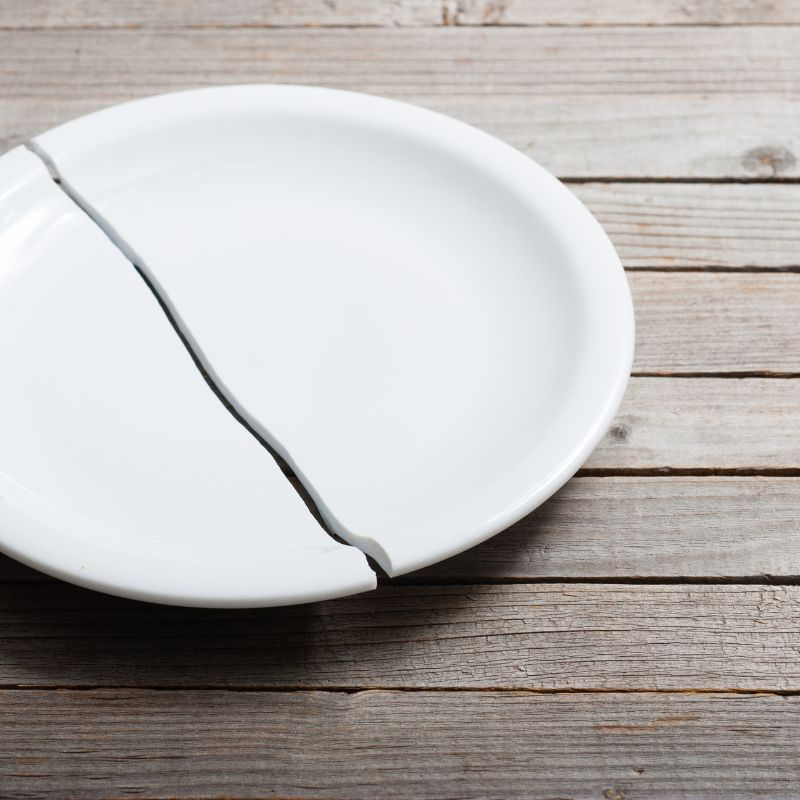
Proper transportation and packaging of ceramic plates
It is crucial to protect your ceramic plates during transport. With the right materials and techniques, you can save these delicate treasures from potential damage during transit.
Packaging material
Gather sturdy boxes, bubble wrap or foam sheets, packing tape, and packing paper to package ceramic plates. Begin by wrapping each plate individually in bubble wrap or foam, securing it with tape.
Place packing paper or additional cushioning material between plates to prevent direct contact. Fill the voids in the box with packing paper to minimize movement and distribute weight evenly.
Common mistakes to avoid include the following:
-
Insufficient padding and improper box selection
-
Inadequate cushioning
For transportation, handle boxes with care and mark them as fragile. Place the boxes securely when moving or going on a picnic, and avoid stacking heavy items on top.

Dine in style by mastering ceramic plate care and maintenance
Caring for ceramic plates is an art that requires attention and gentle handling. By following the essential care and maintenance tips we discussed, you can extend the lifespan of your ceramic plates, preserve their beauty, and elevate your dining experience.
Avoid common mistakes, embrace best practices, and savor the timeless elegance of your cherished ceramic treasures.
Get yourself a stunning high-quality ceramic plate set from Saje Rose®. Our dishes are made from the best ceramic material that will last a lifetime.
